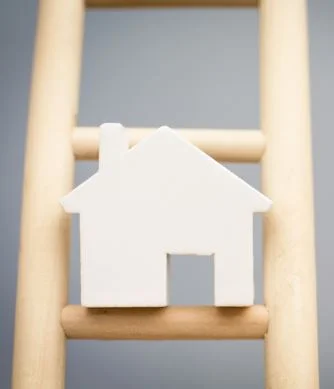Understanding UAE Real Estate Trends
How stakeholders such as Landlords need to adjust
to take advantage of changes in demand.
Over the last few years Dubai’s residential and commercial real estate markets have seen the emergence of a number of interesting trends. These include, but are not limited to, a shift in sales demand from high-end luxury to affordable mid-market properties; price point (not rate per square foot) driving demand resulting in smaller units being launched/built; increase in end-user and first-time buyers; and tenants and investors driving the market.
This is, in part, due to natural progress (change in demographics, technological advances, etc.), and some out of necessity (oversupply, economic challenges, etc.). The continued handover of new supply during a period of prolonged tepid economic conditions, bearish market sentiment and limited business/employment growth have resulted in a significant amount of oversupply across all asset classes.
In addition, the population make-up in the emirate is changing, not only in regards to the number of blue- vs white-collar employees, but also in terms of the number of single professionals vs families (due to an overall decline in birth rates as people choose not to have children or delay it to a later stage in life).
As a result, stakeholders, whether developers, landlords or government agencies, have to adjust and adapt to take advantage of the changes in demand and to stay ahead of the game in an increasingly competitive environment.
Some of the more recent developments are:
Millennials and Technology
The Dubai population is heavily geared towards young people with almost 50 per cent ranging from 25 to 39 years old. Millennials, otherwise known as Generation Y (those born between the early 80s and mid 90s), are increasingly moving to/staying in the emirate. With preference towards affordability, convenience and flexibility, this group is looking for developments that incorporate the ‘live, work and play’ elements.
As such, alternative living and working options are on the rise including:
Co-living: A trend rising globally but relatively new to Dubai, co-living refers to residents of a building or a small community of strata residential units sharing common spaces, such as an office, business centre or lounge/coffee areas. Examples are Emaar’s Collective, Collective 2.0 and Socio at Dubai Hills Estate.
Shared or co-working spaces: There has been a notable rise in shared/flexible offices and co-working spaces. Although facilitated, in part, by technological advances that continue to reshape business processes, much of the current offerings are also a result of the supply-demand imbalance, particularly in the office sector. As a result vacancy rates are on the rise, particularly in more mature developments, as new supply continues to outperform new arrivals, while there is also an increased demand for shared and co-working space, slowly encroaching on the serviced office market. New developments that are coming online are also now offering floors for this concept on shared revenue between owner and tenants/operators.
Traditional commercial leasing is also affected and is slow across the board. In some cases, particularly strata-titled developments, landlords are offering rent-free periods of up to one year on long-term leases. Single landlord buildings are also now offering extremely flexible terms for large multinationals (and others) to retain existing tenants, while newly planned developments are scaling back on their original plans to bring more commercial space to the market.
Extended post-completion payment plans
The steady decline in sales prices has increased affordability and hence opened the market to a wider investor pool, thus facilitated the initial rise in end-user and first-time buyers.
However, high loan-to-value (LTV) ratios (a minimum of 25 per cent down payment required for mortgaged properties), first introduced in 2013 to curb speculation and defaults, have restricted the potential buyer pool for the last few years, thus creating a significant amount of pent-up demand.
As a result, developers increasingly launch projects with low down payments, flexible post-completion payment plans, which certainly made off-plan properties more attractive to investors/end users with limited upfront capital.
The much-discussed lease-to-own scheme has not actually been fully realised yet, and has served more as a marketing tool to developers looking to dispose of their ‘harder-to-move’ stock. What generally happens is that developers are offering long-term (up to 20 years) post-handover payment plans, which means instalments (whether monthly, quarterly or annual) are low, similar to rental payments.
Just recently, however, the Dubai Land Department (DLD) announced the launch of the Real Estate Investment Opportunities (REIOs) initiative, under which several investment products will be offered, including a lease-to-own system.
Short-term leasing
The rise in short-term leasing options and reduction in rental rates, has resulted in a rise of demand, not only from tourists, but also from new arrivals enjoying the flexibility until they are more settled as well as professionals on temporary contracts.
Although generally more expensive than long-term options, short-term leasing is also more suitable for those looking to avoid long-term commitments given the economic uncertainties.
Proactive government
Since its inception in 1971, the UAE has been developing rather rapidly, which has meant that, in the past, the government often had to be more reactive to change, than being able to anticipate it. This has changed.
While the downward trajectory in the real estate market for the short term is unavoidable due to tepid economic/market conditions and the expected supply glut, the outlook for the medium and long term is encouraging, fuelled by a proactive government response and clear focus on economic progress and sustainability.



